1. First Language acquisition
1.1. Basic Requirements
1.1.1. Interaction with other language users
1.1.2. Identification of cultural transmission
1.1.3. The ability to hear the language in use
1.1.4. Communicate via the target language
1.2. Caregiver Speech
1.2.1. Frequent use of questions
1.2.2. Exaggerated Intonation
1.2.3. High level of loudness
1.2.4. Slow tempo
1.2.5. Long pauses
1.2.6. Simple sentence structure + repetitions
2. Stages of the language acquisition
2.1. The earliest
2.1.1. Capability to produce sequences of vowel-like sounds (part. high vowels like [i] and [u])
2.2. 0-3 months
2.2.1. Ability to distinguish such sounds as [ba] and [pa]
2.2.2. Development of the simplest responses to spech (smile, laugh etc)
2.2.3. Development of a range of ctying styles
2.3. 4th month
2.3.1. "Cooing", "gooing"
2.4. 5th month
2.4.1. Ability hear the difference between the vowels [i] and [a]
2.4.2. Ability to discriminate between syllables like [ba] and [ɡa].
2.5. 6-8 months
2.5.1. Babbling
2.6. 9-10 months
2.6.1. Later babbling stage
2.6.1.1. Emergence of intonation patterns + variation (ba-ba-da-da)
2.6.1.2. Syllable sequences - (mama, dada)
2.7. 10-11 months
2.7.1. Expression of emotions and emphasis via voc.
2.7.2. Usage of more complex syllable combinations
2.8. 12-18 months
2.8.1. Ability to produce somere cognizable single-unit utterances
2.9. 18-20 months
2.9.1. The two-word stage
2.10. By 2 y.o.
2.10.1. Appearence of a variety of combinations
2.10.2. 200 or 300 “words” - ability to understand 5 times as many.
2.11. 2-2,5 y.o.
2.11.1. “Multiple-word” speech stage
2.12. By 2,5 y.o.
2.12.1. Rapid expansion of voc.
2.12.2. Talk initiative
2.13. By 3 y.o
2.13.1. More adult-like pronunciation
2.13.2. Decent vocabulary
3. The acquisition process
3.1. The actual use of sound and word combinations
3.2. Levels
3.2.1. 1) -ing form
3.2.2. 2) Plural form (-s) and its overgeneralization
3.2.3. 3) Interptitation of the adult speech
3.3. Overextension
4. Second Language acquisition
4.1. Acquisition and Learning
4.1.1. Learning
4.1.1.1. Conscious process of accumulating knowledge of the features usually in an institutional setting.
4.1.2. Acquisition
4.1.2.1. The development of ability in a language - natural usage of lang.
4.2. Communicative competence
4.2.1. Grammatical competence
4.2.2. Sociolinguistic competence
4.2.3. Strategic competence
